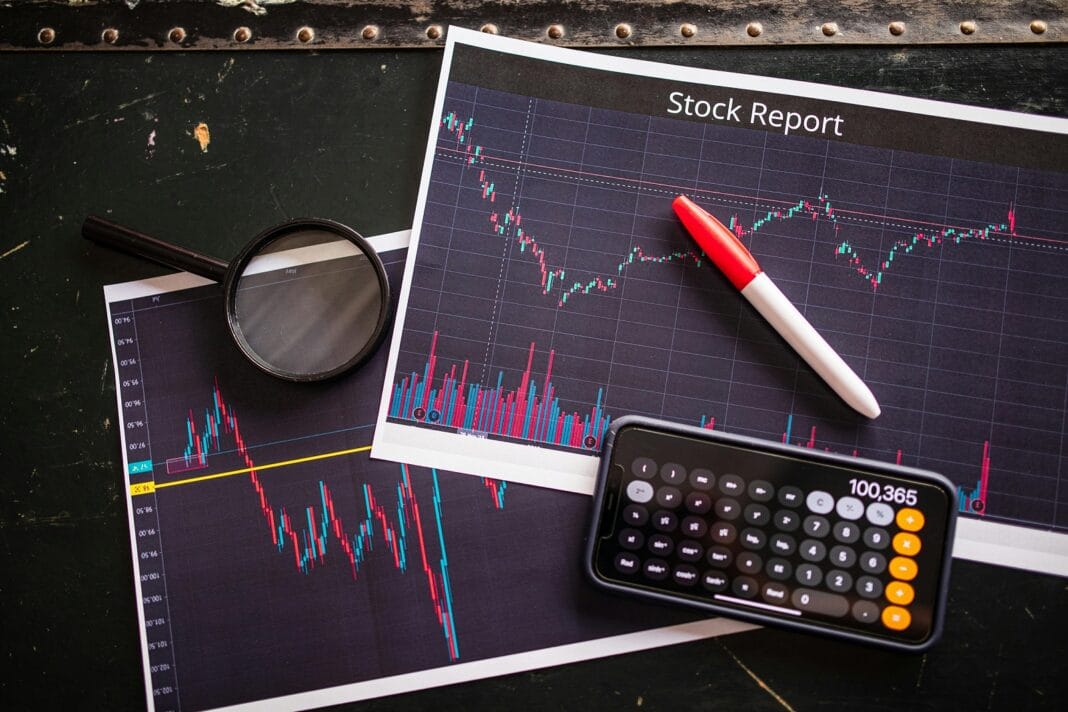In the fast-paced world of forex trading, having a reliable source of information and insights can be a game-changer. Many traders turn to forex signals as a way to inform their trading decisions. These signals are essentially recommendations or alerts generated by professional traders or trading algorithms, providing you with valuable information about potential market movements. However, blindly following forex signals can be risky. To trade successfully, it’s crucial to know how to evaluate forex signals correctly before using them. In this blog post, we will explore the key factors to consider when assessing forex signals.
**1. ** Source Reliability: The first step in evaluating forex signals is to assess the reliability of the source. Research the signal provider’s background, track record, and reputation in the trading community. Look for reviews and testimonials from other traders who have used their services. A reputable source is more likely to provide accurate and trustworthy signals.
**2. ** Consistency: Check if the signals have a history of consistency. Analyze their past performance to see if they have a track record of making accurate predictions. Keep in mind that no signal provider can be right 100% of the time, but a consistently accurate signal service is a good sign.
**3. ** Risk-Reward Ratio: Evaluate the risk-reward ratio associated with the signals. A good signal should clearly indicate the potential profit and the associated risk. Signals with a favorable risk-reward ratio are generally more attractive.
**4. ** Trade Analysis: A reliable forex signal should come with a detailed analysis explaining the reasons behind the trade recommendation. This analysis should include technical and fundamental factors supporting the trade. Make sure you understand the rationale behind each signal.
**5. ** Type of Signals: Different traders have different preferences. Some prefer short-term scalping signals, while others are more comfortable with long-term signals. Assess your trading style and objectives to ensure the signals align with your strategy.
**6. ** Support and Education: Look for signal providers who offer ongoing support and educational resources. This can be invaluable for traders, especially those who are new to the forex market. A provider that helps you understand the signals and improve your trading skills is a valuable resource.
**7. ** Cost and Pricing Model: Consider the cost of the signal service. Some providers offer free signals, while others charge a subscription fee or take a percentage of your profits. Analyze whether the cost is justified based on the quality of signals and additional services provided.
**8. ** Real-Time Alerts: The forex market operates 24/5, and real-time alerts are crucial. Ensure that the signal provider offers timely alerts, as delayed signals can lead to missed opportunities or losses.
**9. ** Risk Management: Assess whether the signal provider incorporates risk management strategies. Trading without proper risk management can lead to significant losses. A good signal should include guidance on where to set stop-loss and take-profit orders.
**10. ** Trial Period: Many signal providers offer trial periods or money-back guarantees. Take advantage of these offers to test the signals with a demo account. This allows you to evaluate their effectiveness without risking real capital.
In conclusion, forex signals can be valuable tools in your trading arsenal, but it’s essential to assess them carefully before integrating them into your trading strategy. By considering factors such as source reliability, consistency, risk-reward ratio, trade analysis, and more, you can make informed decisions and increase your chances of success in the forex market. Remember that no signal is foolproof, and combining signals with your own analysis can lead to more well-rounded trading decisions.

